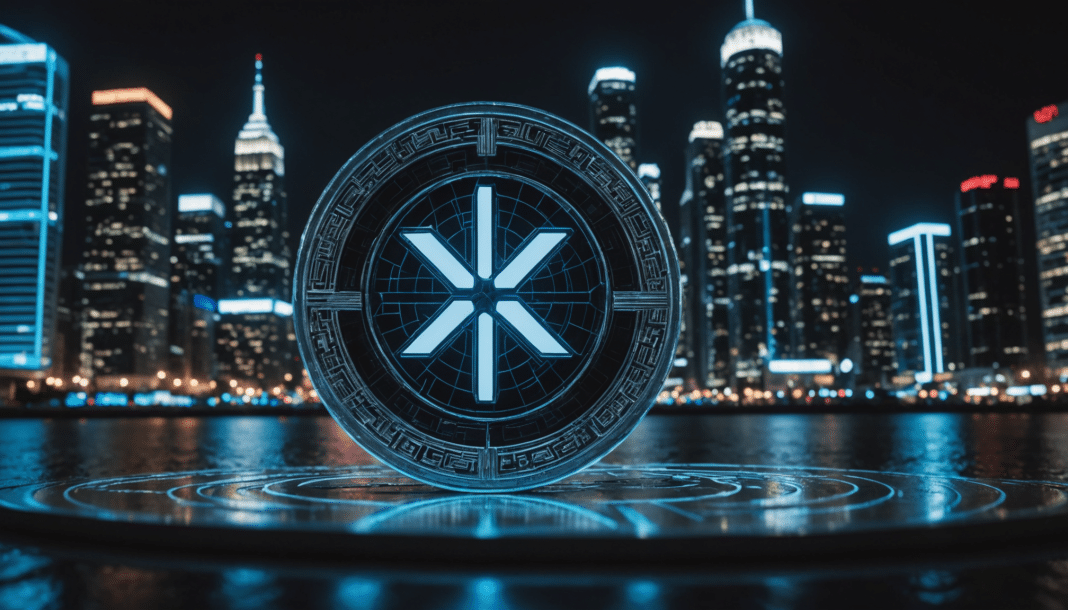SWIFT is collaborating with Consensys and multiple traditional finance institutions to build a blockchain payment system on Ethereum layer 2, Linea. SWIFT’s move into the blockchain space could have enormous implications, as it processes around $150 trillion in global payments annually.
What to Know:
- SWIFT is collaborating with Consensys and multiple traditional finance institutions to build a blockchain payment system on Ethereum layer 2, Linea.
- SWIFT’s move into the blockchain space could have enormous implications, as it processes around $150 trillion in global payments annually.
- Linea’s broader potential extends beyond payments, with Lubin describing it as a platform enabling user-generated content and civilization.
Ripple’s XRP Ledger, a prominent blockchain-based payment system tailored for banks, could face serious competition as SWIFT, the Society for Worldwide Interbank Financial Telecommunication, moves into the same space. This shift is backed by Consensys and over 30 traditional finance (TradFi) institutions.
Joe Lubin, Consensys CEO, confirmed during a fireside chat at the Token2049 conference in Singapore that SWIFT’s recently announced blockchain payment settlement platform will be built on Ethereum layer 2 Linea. This choice of infrastructure was not initially confirmed during SWIFT’s announcement, leading to widespread speculation about which chain would be selected.
Linea, developed by Consensys, is a scaling-focused layer 2 that efficiently leverages zk-Ethereum rollup technology. This allows it to process about 1.5 transactions per second, costing a mere fraction of the fees associated with Ethereum. With $2.27 billion worth of total value locked, Linea ranks fourth amongst Ethereum layer 2s.
The entry of SWIFT, which handles approximately $150 trillion worth of global payments annually, into the blockchain payments space could be monumental. Several of the largest banks, including Bank of America, Citi, JPMorgan Chase, and Toronto-Dominion Bank, are among the TradFi firms set to participate in trials of SWIFT’s new blockchain payments rail on Linea.
The benefits of blockchain technology have long been recognized by SWIFT. The near-instant, 24/7 settlement without intermediaries offered by blockchain significantly reduces costs, errors, and delays.
However, Lubin believes that the potential of Linea extends far beyond payments. He envisions it as a platform where “content can be created in a user-generated fashion.” In his view, by leveraging Ethereum’s trustless settlement layer, Linea enables communities to build infrastructure, rules, and apps from the bottom up, contrasting the top-down approach seen in traditional government and banking hierarchies.
Decentralized autonomous organizations (DAOs) are already attempting to operate entities without centralized leadership, often implementing smart contracts and decentralized voting systems to manage treasuries and make decisions. However, few DAOs have achieved success at scale so far.
In conclusion, the collaboration between SWIFT, Consensys, and over 30 TradFi institutions to build a blockchain payment system on Ethereum layer 2 Linea could bring about a significant shift in the crypto market. It is not only anticipated to challenge existing systems like Ripple’s XRP Ledger but also has the potential to redefine the creation and management of content and civilization. This development could mark a significant step towards the wider institutional adoption of blockchain technology and crypto assets.
Related: <h1>XRP Price Outlook If US Banks Use It for Settlements</h1>
Quick Summary
SWIFT is collaborating with Consensys and multiple traditional finance institutions to build a blockchain payment system on Ethereum layer 2, Linea. SWIFT’s move into the blockchain space could have enormous implications, as it processes around $150 trillion in global payments annually.
Source
Information sourced from official Ripple publications, institutional research, regulatory documentation and reputable crypto news outlets.
Author
Ripple Van Winkle is a cryptocurrency analyst and founder of XRP Right Now. He has been active in the crypto space for over 8 years and has generated more than 25 million views across YouTube covering XRP daily.
Editorial Note
Opinions are the author's alone and for informational purposes only. This publication does not provide investment advice.


